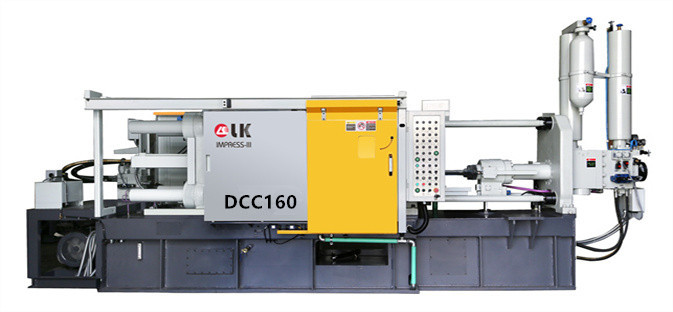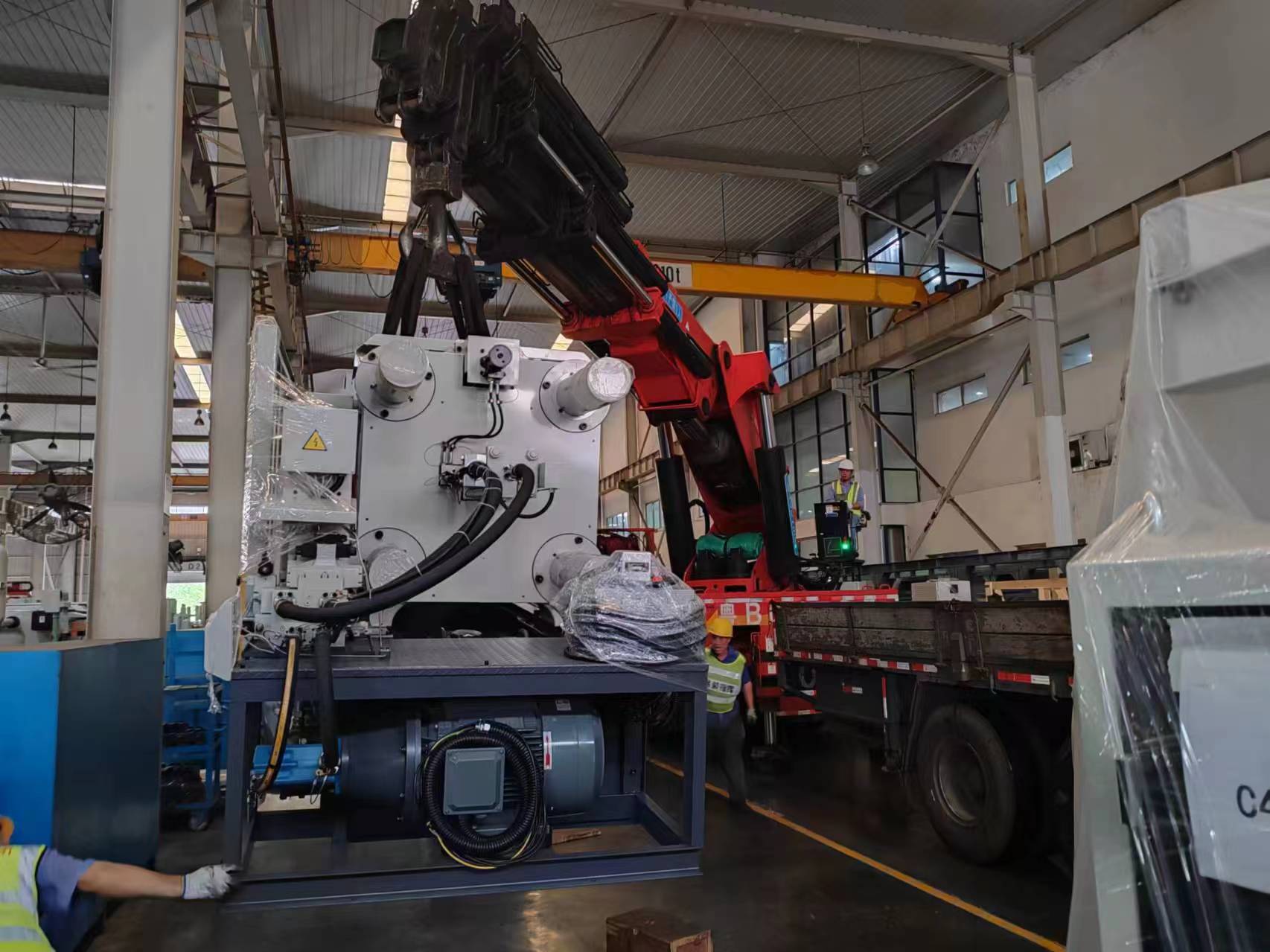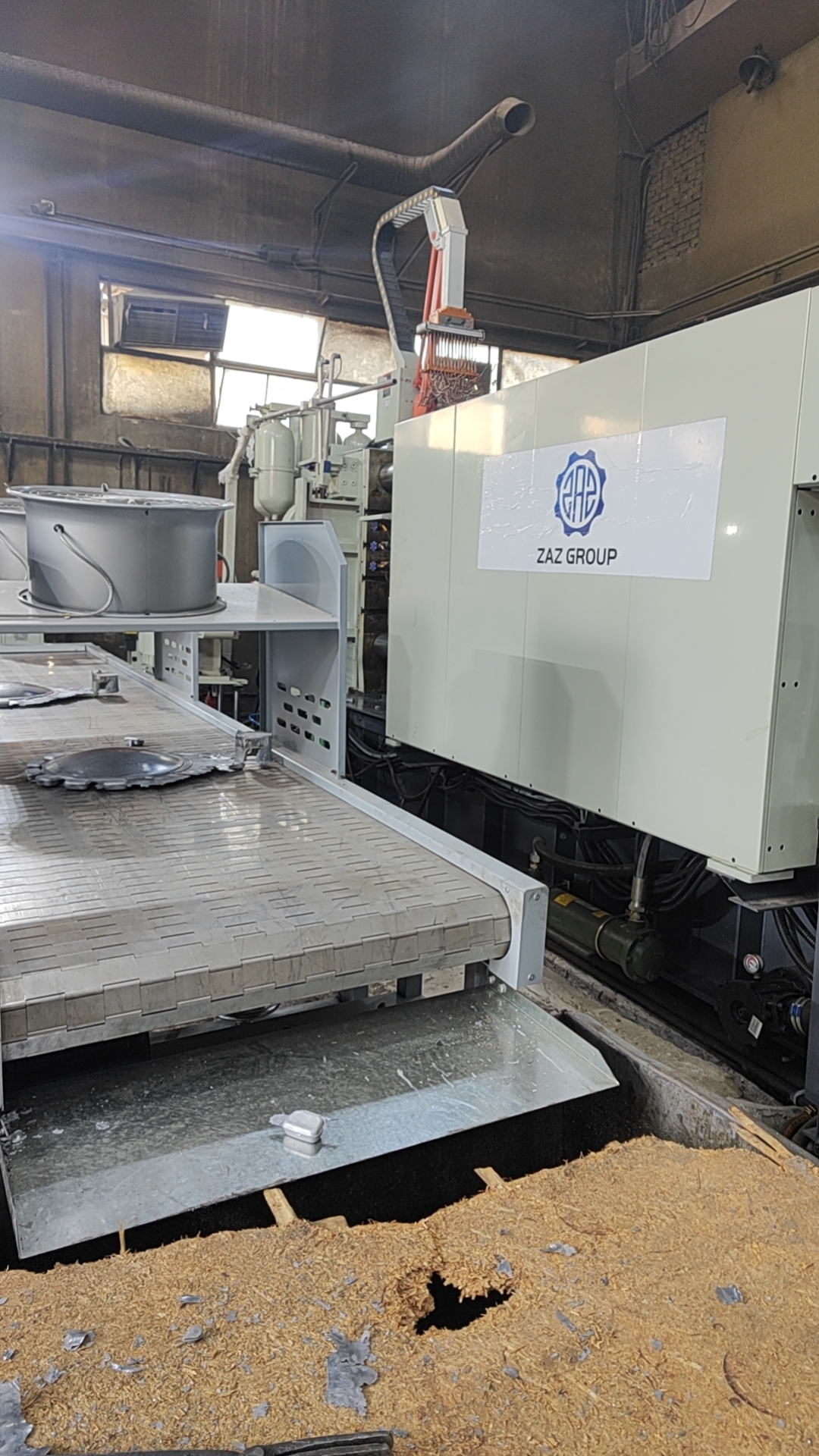Reverse CNC
LK Die Casting Machine / 2024-09-02 11:16:44
2024-09-02 by Cherry
Reverse CNC: The Innovative Force of Emerging Manufacturing
Industry
In modern manufacturing, CNC technology (CNC) has become
the core of efficient production. However, with the
continuous advancement of technology, traditional CNC
processing methods have gradually shown some limitations
and bottlenecks.

As an emerging processing method, reverse CNC technology
is bringing revolutionary changes to the manufacturing industry.
This article will explore the principles,
applications and impact of reverse CNC technology in the
manufacturing industry, and explore its relevance to die-casting
Definition of Reverse CNC Technology
Reverse CNC (Reverse CNC) is a technology that converts
the data of physical objects into digital models through
reverse engineering technology, and then use a CNC machine
tools for processing.
Unlike traditional CNC technology, reverse CNC focuses more
on extracting data from existing physical objects and generating
digital models for further processing or replication.

Reverse CNC, as a branch of reverse engineering,
focuses on using CNC machining technology to reverse study
and analyze existing products or models, extract their design
parameters and characteristics, and then manufacture new and
better products.
This method is usually used to replicate complex parts,
repair damaged parts or produce small batches of customized
products.
Working principle of reverse CNC
The core of reverse CNC technology lies in data acquisition
and processing. The process of reverse CNC usually includes
using a 3D scanner to obtain the digital information (point
cloud data) of the product or model, then editing, modifying,
and optimizing it through reverse software to obtain a CAD
model drawing.

Finally, these CAD model drawings will be
transmitted to CNC machining machines for production and
manufacturing through CAD/CAM technology.
This process is divided into the following steps:
1. Data acquisition: Use technologies such as 3D scanners,
laser scanning or CT scanning is used to obtain precise
size and shape of the physical object.
2. Data processing: Import the acquired data into CAD
software to generate a 3D digital model. This step may
include data correction, smoothing, and completion of
missing parts.
3. CNC machining: Import the generated digital model
into the CNC machine tool to perform actual machining
operations to produce parts that are the same as or
improved from the original physical object.
Application of reverse CNC in manufacturing
Reverse CNC technology has shown wide application potential
in multiple manufacturing fields. Reverse CNC is widely
used in precision parts processing, customized mold manufacturing,
repair and maintenance, etc.:
Part replication and remanufacturing: Reverse CNC technology
can be used to replicate complex parts that are difficult to
produce through traditional manufacturing processes, especially
when the original design drawings are not available.
This is particularly important in the fields of aerospace,
automotive restoration, and antique restoration.
1. Customized production: Reverse CNC makes small-batch production
and customized products possible. By digitizing existing parts,
manufacturers can quickly respond to market demand and produce
products that meet customer-specific requirements.
2. Repair and maintenance: When repairing damaged or worn mechanical
parts, reverse CNC can quickly generate replacement parts without
relying on the original manufacturer's supply chain. This greatly
improves the efficiency of equipment maintenance, especially in
the maintenance of key equipment such as die-casting machines.
The relationship between reverse CNC and die-casting machines
Die-casting machines are equipment that uses high-pressure
to inject molten metal into molds to manufacture parts.
they are widely used in the automotive, aviation, electronics,
and other industries.
The combination of reverse CNC technology and die-casting
machines can greatly improve manufacturing accuracy and
efficiency of die-casting parts.
In practical applications, reverse CNC technology can be used
for the design and manufacture of die-casting machine molds.
When the mold is worn or damaged due to long-term use, traditional
methods may require a lot of time and cost to repair or replace.
However, through reverse CNC technology, the mold can be quickly
digitized, and then the mold can be repaired or copied through
CNC machining to ensure the continuous and efficient operation
of the die-casting machine.
In addition, reverse CNC technology can also be used for quality
control of die-casting parts. By scanning and comparing data
of finished parts, manufacturers can quickly detect minor
deviations in production and adjust processing parameters
in time to improve product quality.
Advantages of Reverse CNC Technology
The widespread application of reverse CNC technology benefits
from its many advantages:
1. Efficiency: Reverse CNC can significantly shorten the cycle
from design to production, especially for small-batch production
and customized needs.
2. Flexibility: Reverse CNC can handle parts with complex shapes
and surfaces, which is a challenge for traditional CNC technology.
3. Cost-effectiveness: By reducing the time for mold manufacturing
and repair, reverse CNC can reduce production costs, especially
in the production of die-cast parts.
4. Precision: Reverse CNC can achieve extremely high processing
accuracy, ensuring product quality and consistency.
Future Development Trends of Reverse CNC
With the continuous advancement of manufacturing technology,
reverse CNC technology is also developing.
In the future, with the introduction of artificial
intelligence and machine learning technology, reverse
CNC technology will be more intelligent and automated.
This will further enhance its application potential in
the manufacture of complex parts and provide more efficient
solutions for the maintenance and upgrading of equipment
such as die-casting machines.
At the same time, the combination of reverse CNC technology
and additive manufacturing (such as 3D printing) will also
become an important trend in future development.
By combining reverse CNC with 3D printing technology,
manufacturers can achieve more efficient production processes
and expand the design freedom of products.
Conclusion
As an emerging manufacturing technology, reverse CNC technology
is having a profound impact on the manufacturing industry.
By combining with traditional CNC technology, reverse CNC not
only improves production efficiency and precision but also
provides new possibilities for customized production and
replication of complex parts.
In the manufacturing and maintenance of equipment such
as die-casting machines, reverse CNC technology has shown
great application potential.
With the continuous advancement of technology, reverse CNC
technology will play a more important role in the future
manufacturing industry. For manufacturing companies, mastering
and applying this technology will occupy a favorable position
in the fierce market competition.
For more info, you can refer to:
https://www.tiktok.com/@lk_diecastingmachine/video/7405113006880820522
https://www.youtube.com/shorts/JLX410QV_kw
To learn further info about Die Casting Machines,
pls contact LK Die Casting Machine Authorized Official Agent
LK OFFICIAL AGENT OFFICE DCM
LK Die Casting Machine Authorized Official Agent for Egypt(EGY)
Saudi Arabia(ksa)
United Arab Emirates(UAE)
The Islamic Republic of Iran(Iran)
Qatar(QAT)
The State of Kuwait(Kuwait)
The Middle East
Address: 1. Industry Zone, South of Port Said Kebly, Cairo, Egypt
2. EX 14., EASTERN RING ROAD, AI RAYAN DISTRICT,
RIYADH, SAUDI ARABIA
Arabic Website: https://ae.zazdiecasting.com/
English Website: https://www.zazdiecasting.com/
Phone/WhatsApp/Wechat: 0086 13598704163
Mobile: +20 101 304 3317 +20 150 181 8310
Email: jack@zazmae.com ahmedmahmoud@zazmae.com
OTHER CONTENT
-

2024-09-19 14:16:15 LK Cold Chamber Die Casting Machine DCC900 Locking Force: 9000KN Die Height: 400-1000mm Space Between Tie Bars: 930x930mm Shot Weight: 13.5Kg Casting Area Max:2250c㎡
More -

2024-09-19 14:11:06 LK Cold Chamber Die Casting Machine DCC280 Locking Force: 2800KN Die Height: 250-650mm Space Between Tie Bars: 560x560mm Shot Weight: 2.9Kg Casting Area Max:700c㎡
More -

2024-09-19 10:23:07 LK Cold Chamber Die Casting Machine DCC580 Locking Force: 5000KN Die Heigh: 350-850mm Space Between Tie Bars: 760x760mm Shot Weight: 6.9Kg Casting Area Max:1250c㎡
More -

2024-09-19 10:11:20 LK Cold Chamber Die Casting Machine DCC400 Locking Force: 4000KN Die Height: 300-700mm Space Between Tie Bars: 669x669mm Shot Weight: 4.7Kg Casting Area Max:1000c㎡
More

